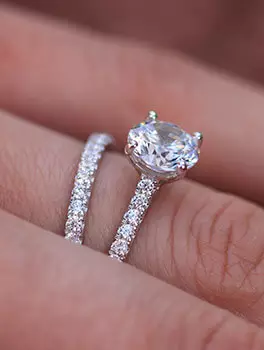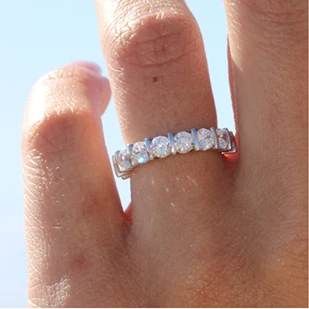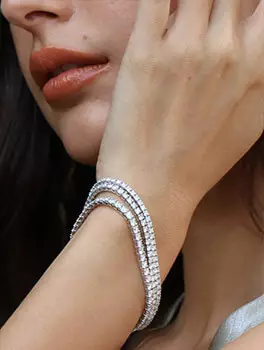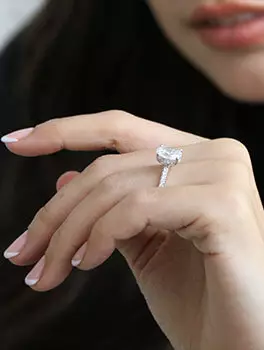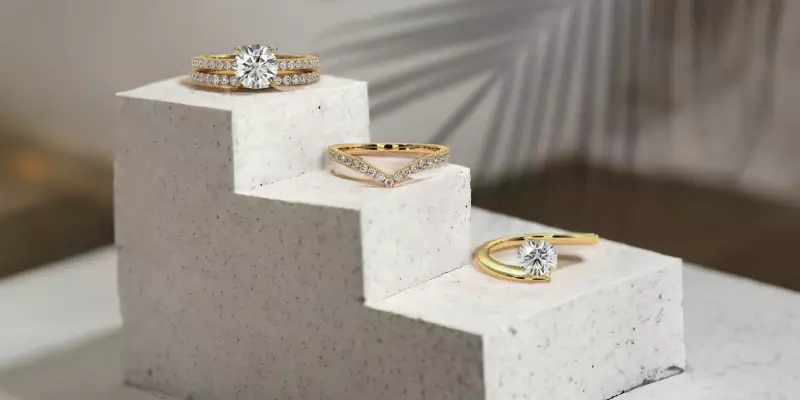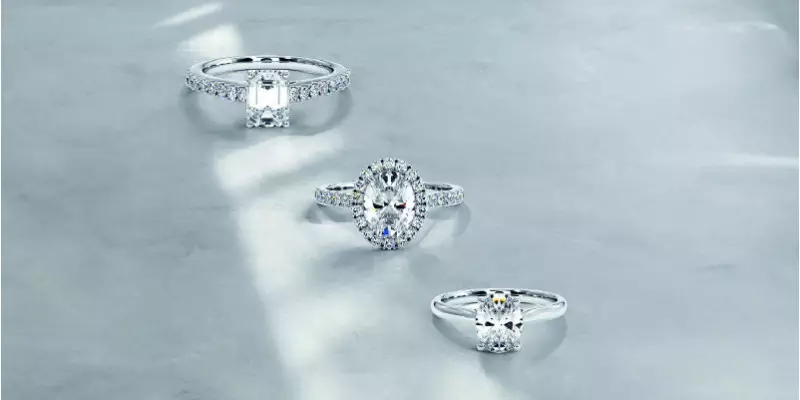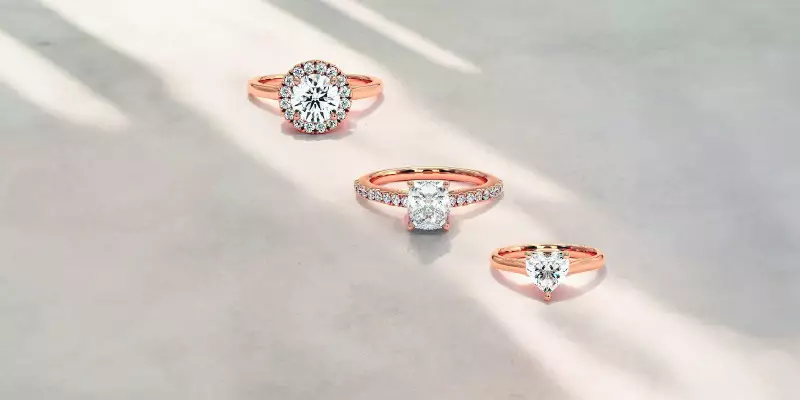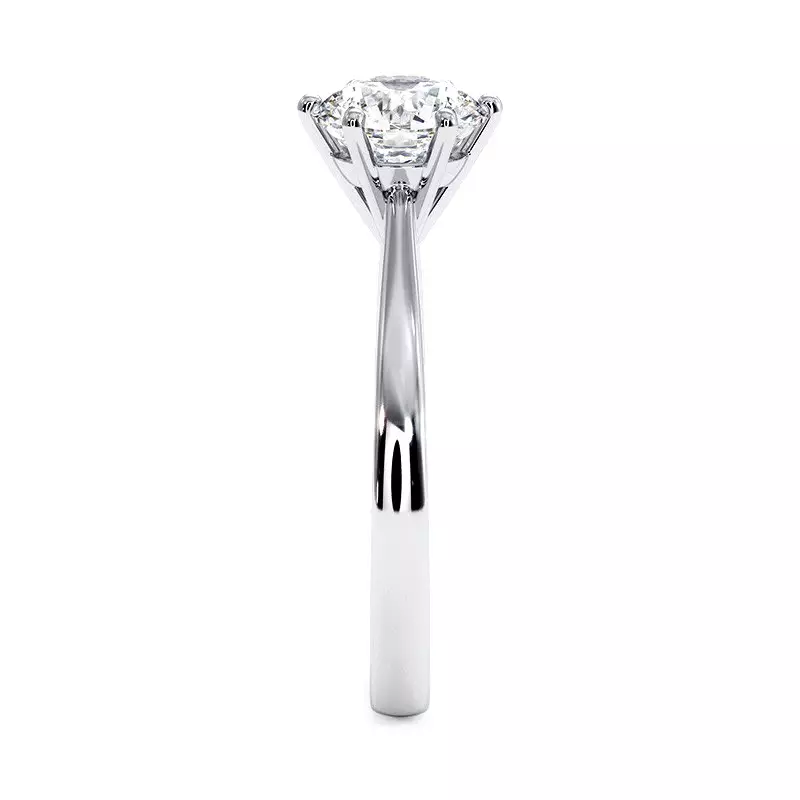Introduction
You've probably noticed, there are several types of gold on the market. But do you really know what differentiates them? Where do their varied shades come from, and does this influence their value? This article explores the subtleties of gold to help you make an informed choice.
To understand these differences, let's go back to the origins of gold. This precious metal comes from a collision of stars billions of years ago, explaining its rarity and presence in the earth's core. It is this rarity that makes it so valuable.
Yellow Gold: Timeless Purity
Composition of Yellow Gold
Yellow gold is composed of 75% pure gold, 12.5% silver, and 12.5% copper. These proportions give it its warm and characteristic hue.
Color and Aesthetics
Its bright hue makes it a classic and elegant choice. Ideal for traditional jewelry, it perfectly complements warm skin tones.
Advantages and Disadvantages
- Advantages: Hypoallergenic, does not tarnish easily.
- Disadvantages: More malleable, therefore less resistant to scratches.
White Gold: Elegant Modernity
Composition of White Gold
White gold is an alloy of pure gold with white metals such as silver or palladium. In the past, nickel was used, but it has been regulated to avoid allergies. White gold is often coated with a thin layer of rhodium to enhance its shine and durability.
Color and Aesthetics
With its silvery and brilliant hue, white gold offers a modern and sophisticated look. It enhances precious stones like diamonds.
Advantages and Disadvantages
- Advantages: Harder and more resistant than yellow gold.
- Disadvantages: Rhodium plating requires regular maintenance to maintain its shine.
Rose Gold: Romantic Softness
Composition of Rose Gold
The pink hue of this alloy comes from a higher proportion of copper in the mix: 75% pure gold, 20% copper, and 5% silver.
Color and Aesthetics
Its soft pink tone is synonymous with romance and finesse. It suits all skin tones and pairs well with other metal colors.
Advantages and Disadvantages
- Advantages: Very durable due to its copper content.
- Disadvantages: Can cause allergic reactions in some people sensitive to copper.
Grey Gold: Refined Sobriety
Composition of Grey Gold
Grey gold is composed of 75% pure gold, about 15% silver, and sometimes palladium to enhance its grey hue. It is often coated with rhodium for a shiny finish.
Color and Aesthetics
Less shiny than white gold, grey gold offers a matte and subtle hue, perfect for a discreet but elegant style.
Pros and Cons
- Pros: Ideal for those who prefer a sober aesthetic.
- Cons: Less common, therefore sometimes more expensive.
Which shade is the most valuable?
Contrary to what one might think, no shade of gold is intrinsically more valuable than another. The value of gold is determined by its weight in pure gold, expressed in carats:
- 24 carats: 99.9% pure gold.
- 18 carats: 75% pure gold.
Thus, an 18-carat white gold jewel has the same value as an 18-carat yellow gold jewel if their weight is identical. The shade is primarily a matter of taste and style.
How to choose between the different colors of gold?
According to your style
- Classic: Opt for yellow gold.
- Modern: White gold is ideal.
- Romantic: Prefer rose gold.
- Discreet: Grey gold is an excellent choice.
According to your complexion
- Warm tones: Yellow gold and rose gold.
- Cool tones: White gold and grey gold.
According to maintenance
If you prefer an easy-to-maintain jewel, consider yellow gold or rose gold, which do not need replating.
Conclusion
Each type of gold offers unique advantages. Whether you prefer the warmth of yellow gold, the modernity of white gold, the softness of rose gold, or the sobriety of grey gold, it is essential to choose an alloy that reflects your style and meets your needs.
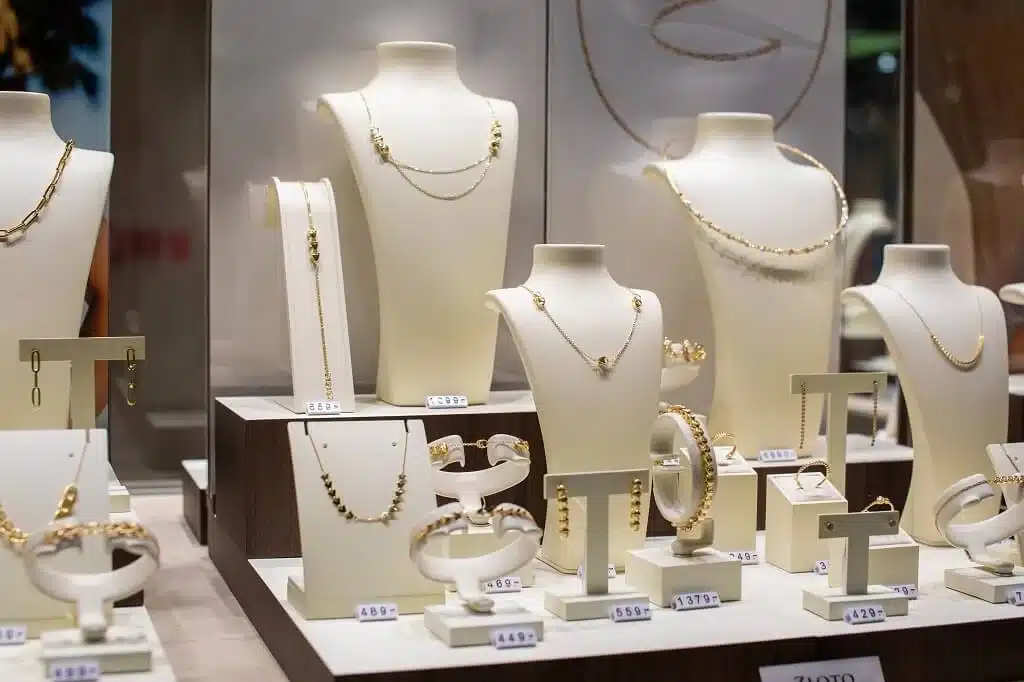
At Celinni, we offer a wide range of custom gold jewelry, perfect for every preference. Come discover our creations in our jewelry stores or online!





















